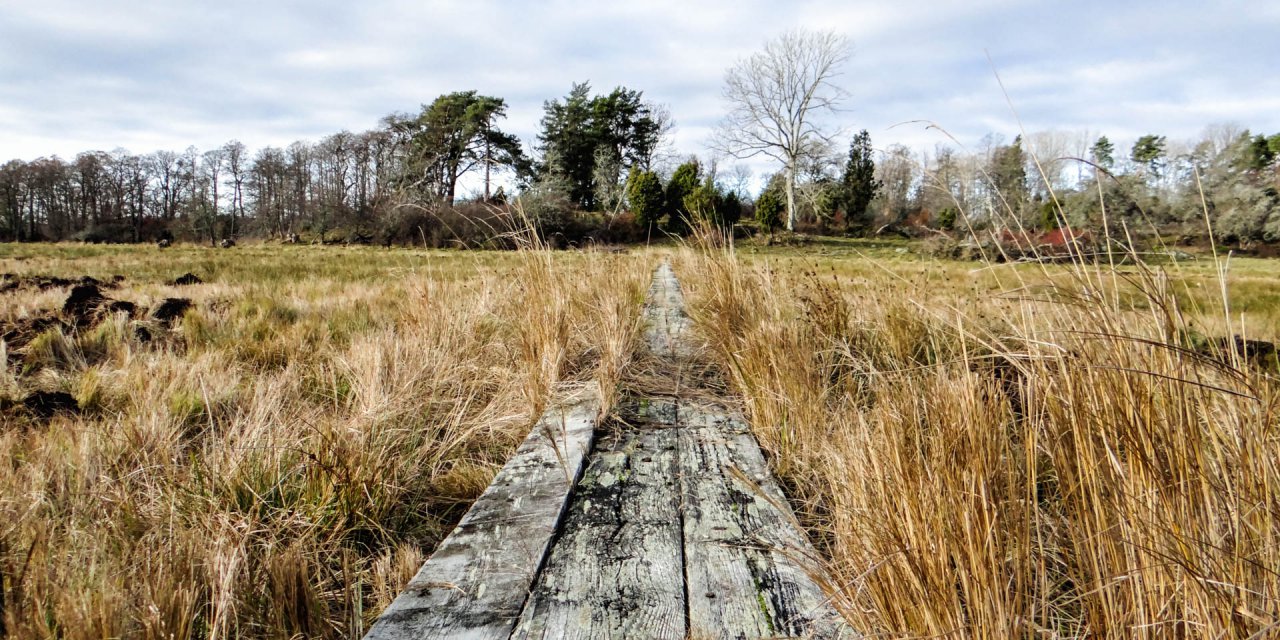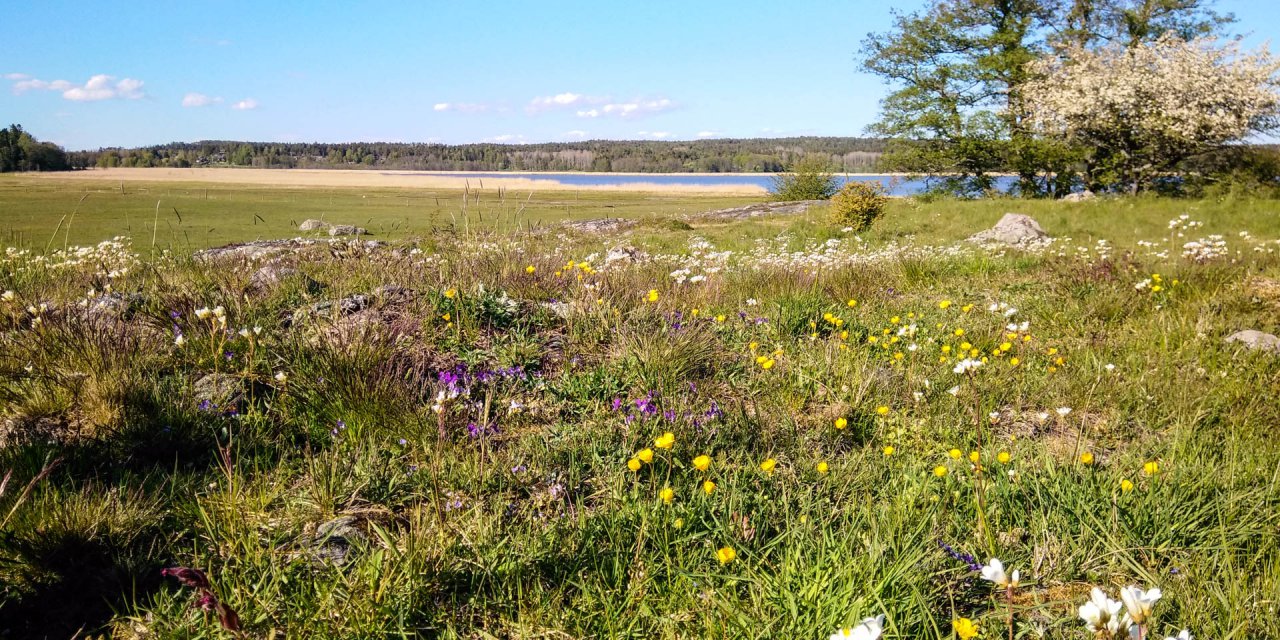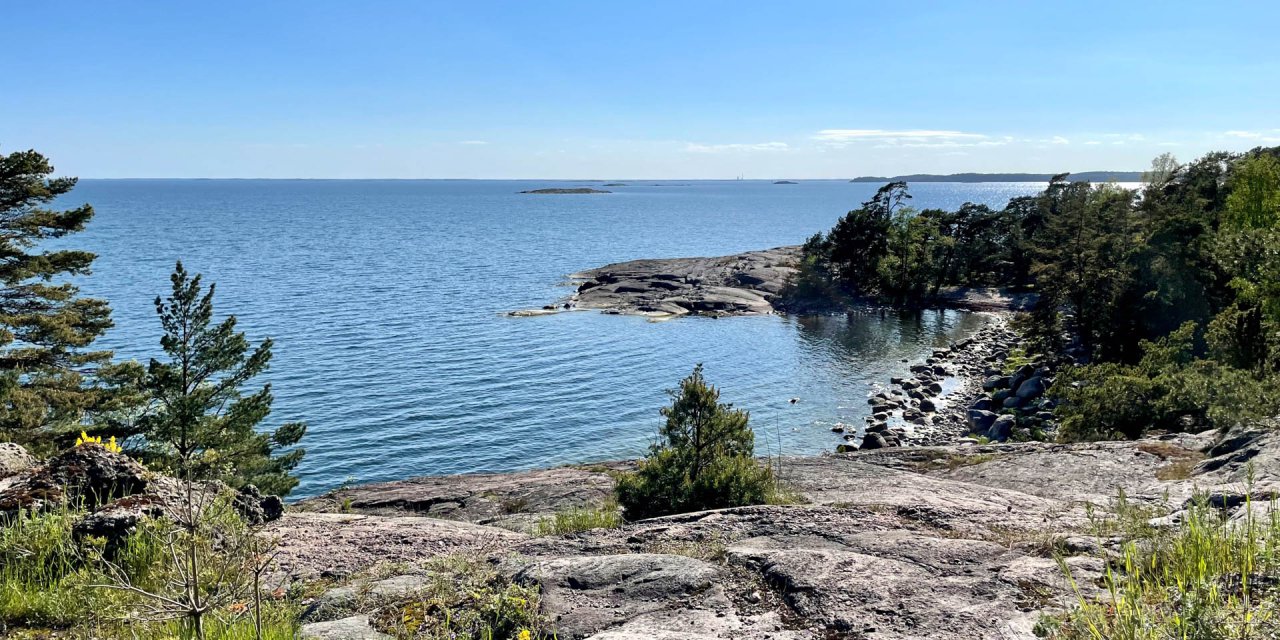

Stendörrens Naturreservat
Popular nature reserve near Nyköping
Stendörrens Naturreservat is one of the most popular nature reserves in Södermanland. It is located in the middle of the picturesque archipelago between Nyköping and Trosa on the coast of the municipality of Nyköping.
The nature reserve is named after the narrow sound that runs between the headland Aspnäset and the island Krampö. It is first referred to as Stendörr Sound in the 13th century fairway description Navigato Danica, because it looks like a stone gate to the open Baltic Sea when passing through it.
In total, Stendörrens Naturreservat, established in 1972, covers an area of just over 900 hectares of almost untouched nature, although about 720 hectares of this are on the water. The part of the nature reserve that is easily accessible from the mainland stretches across the peninsula Aspö and the neighboring islands Äspskär and Stora Krokholmen. The islands and islets to the west of Krampö Island and the outer skerries to the south are only accessible by boat.
Experience the archipelago on foot
You don't have to go out on the water to experience real archipelago feeling, because the rocky islands Äspskär and Stora Krokholmen are connected to the mainland by several suspension bridges and walkways. On the way across the islands, the Baltic Sea is practically never more than a stone's throw away, as the circular routes always run along the shoreline. From there you have an unobstructed view over the open Baltic Sea to the horizon as well as to the neighboring islands of the archipelago.
The branched circular routes on the peninsula also lead through pristine nature, mostly along the water and offer magnificent views of the sea. One of these paths leads to Aspnäset, the northeastern tip of the peninsula, where the narrowest part of the sound, the actual "stone gate", is located.
The well-developed network of circular routes takes visitors to almost every corner of the nature reserve, and the interconnections between the paths allow you to walk routes of varying lengths depending on your mood. One of the trails is prepared in such a way that it is also accessible to persons in wheelchairs. Along the routes there are also several rest and barbecue areas, toilets and shelters.
Flora & Fauna of Stendörrens Naturreservat
In many places in the nature reserve, the rocky subsoil of reddish gneiss, around 1.8 billion years old, emerges and presents itself with rounded edges and numerous grinding marks left behind by Ice Age glaciers up to about 10,000 years ago.
Depending on location and condition of the ground, different biotopes with their characteristic flora can be found. On the nutrient-rich and humid shore meadows, silverweed (Argentina anserina) and centaury (Centaurium) grow, while valerian (Valeriana) and sea milkwort (Lysimachia maritima) thrive on the more stony beach sections.
Where the soil layer above the rocky ground is thick enough, there is dense spruce forest and the shady forest floor is covered by berry bushes and various mosses. On the rocky and dry parts, low crippled pines grow from the rock crevices filled with humus, while in smaller soil accumulations, heartsease (Viola tricolor), red sorrel (Rumex acetosella) as well as goldmoss stonecrop (Sedum acre) and other saxifrage plants stick their heads towards the sun. And where is no earth crumb, various lichens have colonized the bare rock.
Besides hares, foxes, badgers, deers and elks, which are mainly found in the densely forested parts of the nature reserve and are usually not visible to visitors, the numerous water birds are the more obvious part of the local fauna. Arctic terns (Sterna paradisaea), common ducks (Somateria mollissima), common gulls (Larus canus), Eurasian oystercatchers (Haematopus ostralegus) and goosanders (Mergus merganser) are constantly present and not seldom a white-tailed eagle (Haliaeetus albicilla) circles the sky with its powerful wings.
At the southeastern end of the peninsula is the visitor center Naturum Stendörren. The Naturum, whose building layout is based on the spread wings of an osprey, is only open during the summer months. The permanent exhibitions provide interesting information not only about the flora, fauna and geology of the nature reserve, but also about the cultural and historical development of the archipelago.



